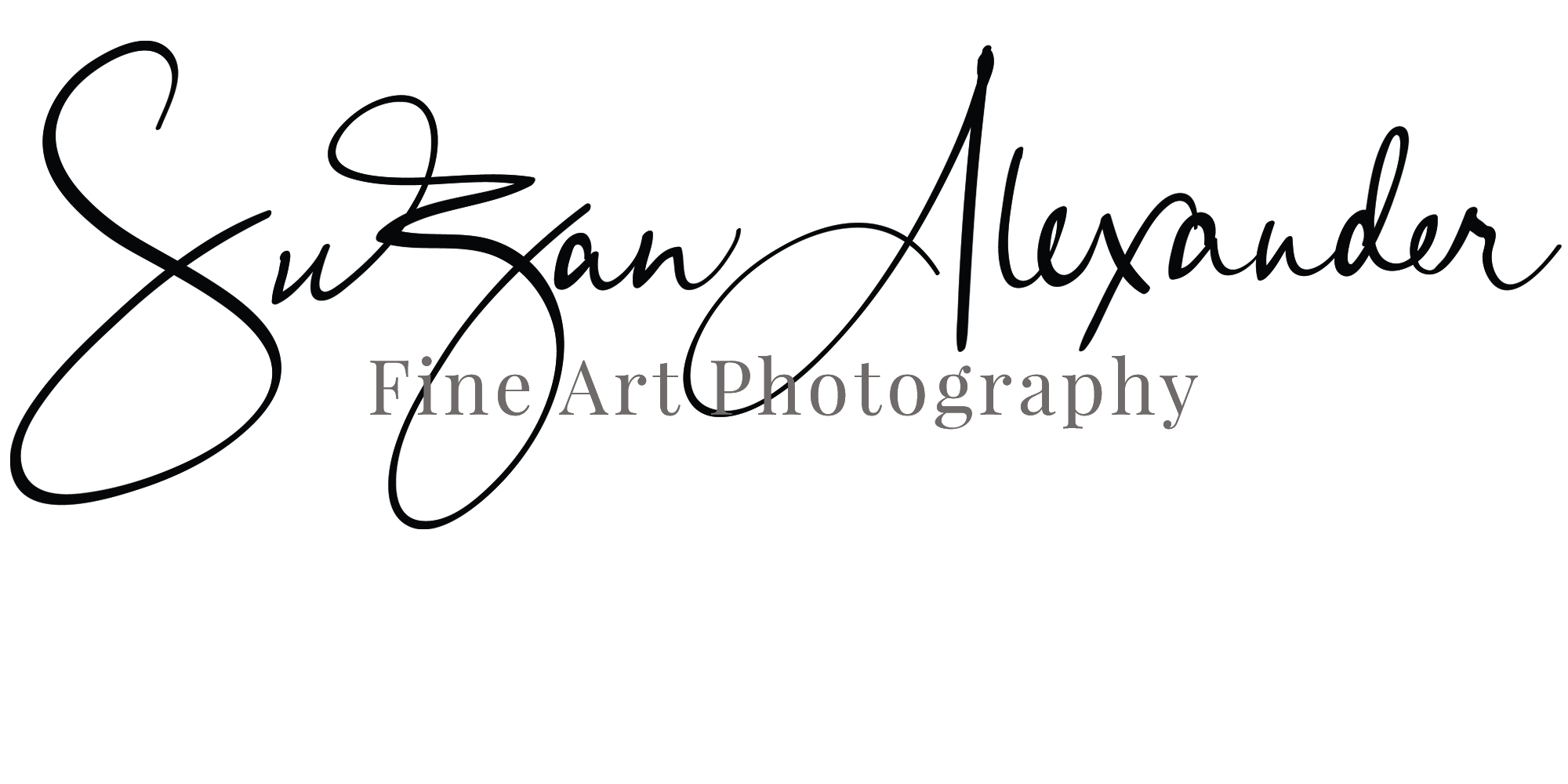GOYA’S THIRD OF MAY PAINTING
Since it is May 3rd, I thought it would be interesting to look at Francisco Goya’s painting, The Third of May, 1808. I have not had the pleasure of seeing Goya’s work in person; however, visiting Spain is on my “bucket list”. When I DO visit, I am going to make a point of going to the Museo del Prado in Madrid to see this painting, as well as all the other treasures in their collection. Until then, here is a list of ten things I have read or studied about the painting:
The painting is oil on canvas measuring some 8’9″ x 13’4″ and is located at the Museo del Prado in Madrid, Spain.
This painting is also known as:
El tres de mayo de 1808 en Madrid;
Los fusilamientos de la montaña del Principe Pio; and/or
Los fusilamient os del tres de mayo
The subject of the painting was a commemoration of the Spanish resistance to Napoleon’s armies as part of his plan to take control of Spain. On May 2, 1808, there was a rebellion against the French. In retaliation, the Spaniards were massacred in the streets on May 3, 1808, by the French armies. Keep in mind, this war predated the photography process, so painters were the primary vehicle for visual documentation. Goya created several paintings addressing this subject matter, however, THIS painting has been called the “world’s first modern painting”.
Why is this painting considered one of the first paintings of the modern era? Well, I’m taking some liberties here, but here goes:
The painters of this era strived for beauty and perfection on the canvas. While Goya certainly had the technical skills to paint a “beautiful”, technically correct, painting, his work in this painting broke with the tradition of technically correct perspective, etc. to strengthen the story.
The painting is less about beauty and more about the impact of the events that happened.
The painting, even the brush strokes, seem to be less about perfection and more about the immed iacy of capturing that one moment, as documentation, and well as feeling.
Goya directs the viewer by employing the use of leading lines of the hill in the background, as well as the line of faceless, anonymous, army with their weapons pointing directly at the man dressed in white shirt and ochre trousers. He also uses the lighting (referred to as “chiaroscuro”) not only to give the painting a somber mood, but he also utilizes it to make the subject the brightest, lightest area of the painting, thereby directing the viewer’s attention.
Goya also employs the iconography, or symbolism, of the Christian faith in this painting. The most obvious being the subject’s pose, which has been compared to the Crucifixion. Additionally, if you look closely at the right hand of the subject, there appears to be a wound, or stigmata, in the palm of the hand, similar to a wound suffered from being nailed to the cross. (There are many more parallels, but I encourage you to look and read on your own if you are interested.)
The painting may have been in “storage” for many years before it was shown to the public, and was part of the royal collection which was transferred to the Prado in 1819. As a bit of trivia, the painting has remained in Madrid, except for one relocation during the Spanish Civil War. While transporting this painting, as well as the Second of May, the truck was involved in an accident that resulted in damage to both Goya paintings.
Goya’s painting influenced Édouard Manet (Execution of Emperor Maximillian), as well as Pablo Picasso (Massacre in Korea). Goya’s painting was again referenced as an influence in another famous Picasso painting: Guernica which addresses the aftermath of bombing during the Spanish Civil War.
Goya’s painting possesses a timeless quality. Neither the landscape, nor the clothing is specific to a time or location per se, which allows the painting’s message to remain as relevant today as 200 years ago.
If you are interested in reading more about Goya’s painting, here are a few resources for you. Just click on the link:
Goya, Third of May, 1808, Khan Academy
Art historical analysis (Khan Academy video)
The Third of May 1808, Wikipedia
The Executions of the Third of May, 1808, Art Museums

![The Third of May, 1808 was painted in 1814 by Spanish artist, Francisco de Goya. [Public domain], via Wikimedia Commons](https://images.squarespace-cdn.com/content/v1/5acb860a710699a9ef3c29a3/1526157687497-SEEGYOZLC8AQGALE3WR5/1165px-El_Tres_de_Mayo%2C_by_Francisco_de_Goya%2C_from_Prado_thin_black_margin.jpg)